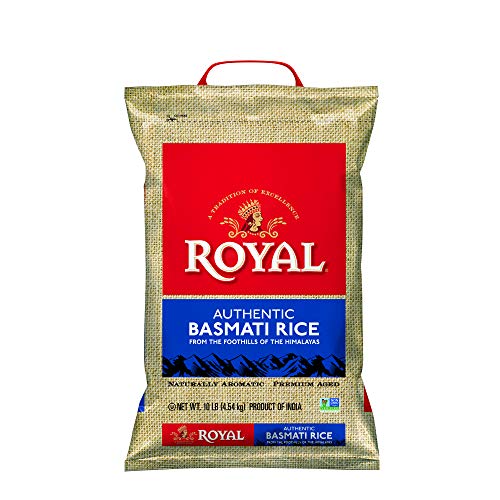
Biryani is my love language. Frying a boatload of onions, building just the right balance of spice in the meat or vegetables, parboiling the rice so each grain cooks up long and distinct, and then layering everything together. These small acts of care result in the most aromatic, steaming pot of deliciousness that is a joy to gather around.
The best biryani recipes all feature three integral components: rice, meat or vegetables flavored with a spicy masala, and fried onions. One of my favorite variations, Eggplant Biryani, draws flavor inspiration from regional biryani across India and combines big, chunky pieces of braised eggplant (marinated in yogurt and seasoned with cumin, coriander, chilli powder, and warming spices), fragrant basmati rice, lots of fried onions, cilantro, and just a touch of saffron. But regardless of the recipe you’re using, the following tips will ensure your biryani is flavorful, fluffy, and show-stopping every time.
1. Seek out the right rice
The first (and most important) ingredient in biryani is the rice. This is a dish where you want to seek out aged basmati rice. It’s typically aged for a couple of years, which dries out the rice and creates incredibly fragrant, long, and discrete grains. I use Royal Brand, which you can find at your local Indian supermarket, or online.
2. Fry your onions in batches
Next up, the fried onions. This step takes some time—you have to thinly slice a couple large onions and fry them batches until golden brown, but the depth and caramelized sweetness of properly-cooked onions is unbeatable. Frying in batches gives the onions space to cook into individual pieces, rather than ending up as a pot of caramelized jam. Plus, then you have onion-infused oil at the ready to flavor your meat or vegetables.
3. Get saucy
The masala—here, that refers to the spice mixture used to season the meat or vegetables—creates a deep, richly flavored sauce. There are many types of biryani across India and the South Asian diaspora, each one varying in spices and flavorings. This vegetarian eggplant version pulls flavors from some of my favorite regional biryani: It’s rich in chili powder akin to Hyderbadi biryani, with an underlying base of fennel that draws from Lucknowi biryani, and fragrant with warming spices, like mace and nutmeg, from Kolkata biryani.
If you’re new to the wonderful world of spices, find a recipe you love and cook it as written first. Then, once you’re more comfortable, have fun with it—bump up the chiles if you’re craving a bit more fire, sprinkle in a touch of cinnamon if you like sweet-tinged notes in your savory dishes, or add black cardamom for a woodsy, smoky flavor.
4. Pick a cook method
When it comes to cooking biryani, there are two general methods: kacchi and pukka. The former describes a process in which the raw, marinated meat (or vegetable) is layered with well-soaked rice and slowly cooked together. Alternatively, in the pukka method, the meat—or, in this case, eggplant—and par-boiled rice are cooked separately, then combined and steamed together.





